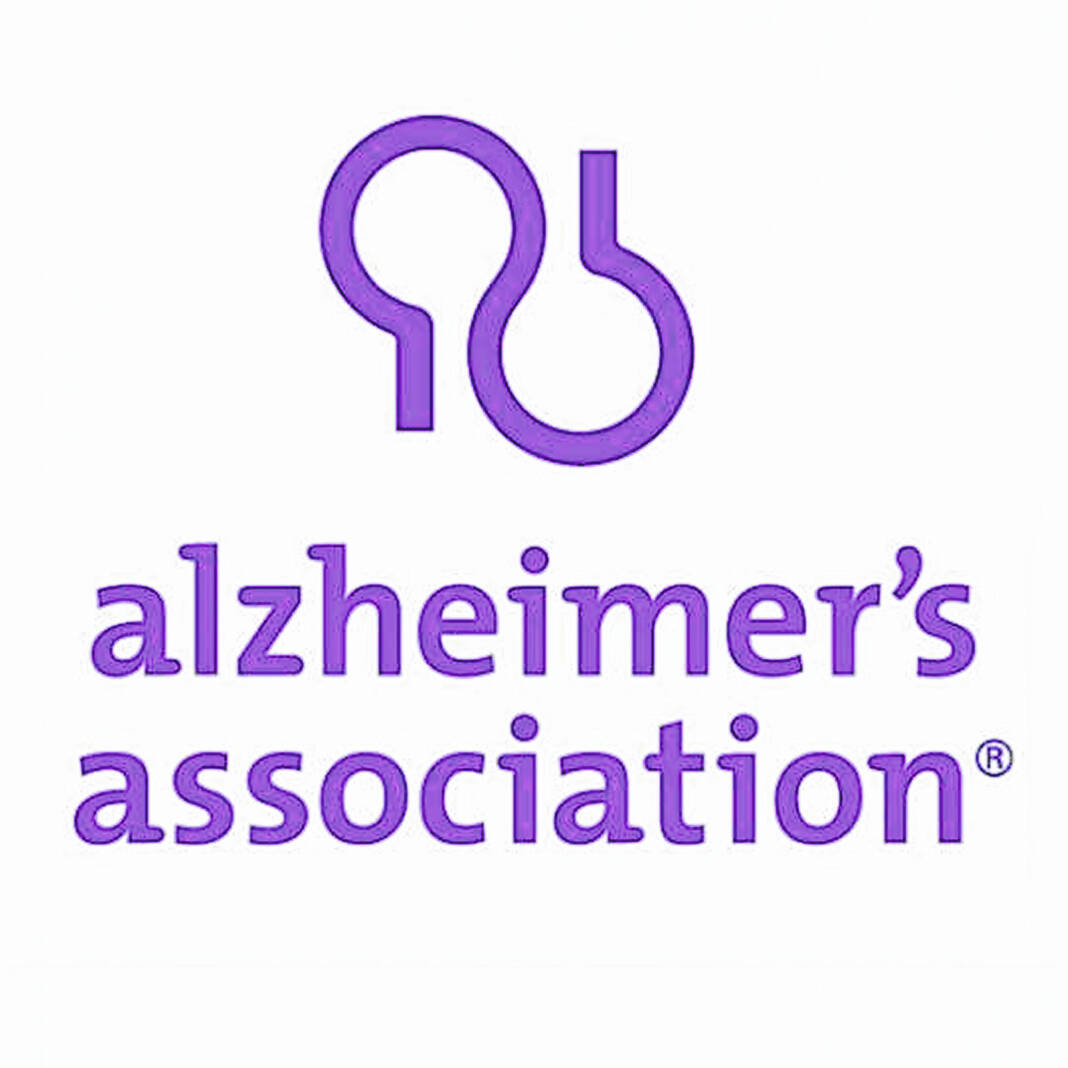
Last week, the Alzheimer’s Association released its 2024 Alzheimer’s Disease Facts and Figures report. It provides an in-depth look at the latest statistics and information on Alzheimer’s disease prevalence, incidence, and mortality, as well as new data on the dementia care workforce, costs of care, and the impact on caregivers across the country and our state.
The Facts and Figures report reveals that dementia caregivers and healthcare workers report difficulties in navigating dementia care within the U.S. healthcare system. Nearly half (46%) of healthcare workers say that their organizations do not have a clearly defined process for care coordination and clinical pathways for patients with mild cognitive impairment (MCI), Alzheimer’s disease, or other dementia.
In addition, 60% of healthcare workers surveyed for the Facts and Figures special report, “Mapping a Better Future for Dementia Care Navigation,” believe that the U.S. healthcare system is not effectively helping families navigate dementia care. New stats released in the report include:
The Impact of Alzheimer’s and dementia
• An estimated 6.9 million Americans aged 65 and older have Alzheimer’s dementia, including 236,200 in Ohio. Approximately 200,000 Americans under the age of 65 have younger-onset dementia.
• The U.S. population aged 65 and older is projected to grow to 82 million by 2050. By 2030, all American baby boomers (born 1946-64) will be 65 or older – putting them at greatest risk of Alzheimer’s dementia.
Mortality
• Between 2000 and 2021, the number of Alzheimer’s deaths in the U.S. more than doubled, increasing 141%, while those from the leading cause of death, heart disease, decreased 2.1%.
• 4,947 Ohioans died from Alzheimer’s in 2021 (the most recent year for state-by-state data). Ohio’s mortality rate of 42% is higher than the national mortality rate of 36%.
• Alzheimer’s dementia is the seventh-leading cause of death in Ohio.
The Costs of Alzheimer’s and caregiving
• This year, the cost of caring for people living with Alzheimer’s and dementia is projected to reach $360 billion — a $15 billion increase from a year ago. This does not include unpaid care provided by family caregivers.
• Last year in Ohio, there were 414,000 family caregivers, providing 624 million hours of unpaid care valued at $11.427 billion.
• The shortage of dementia care specialists is a barrier to timely and accurate diagnosis, and a lack of diagnosis means a delay in treatments, care delivery, and support.
• 55% of PCPs caring for people living with Alzheimer’s say there are not enough dementia care specialists in their communities. In Ohio, a 229.4% increase in this workforce will be needed to care for the state’s population by 2050.
Submitted by the Alzheimer’s Association.

